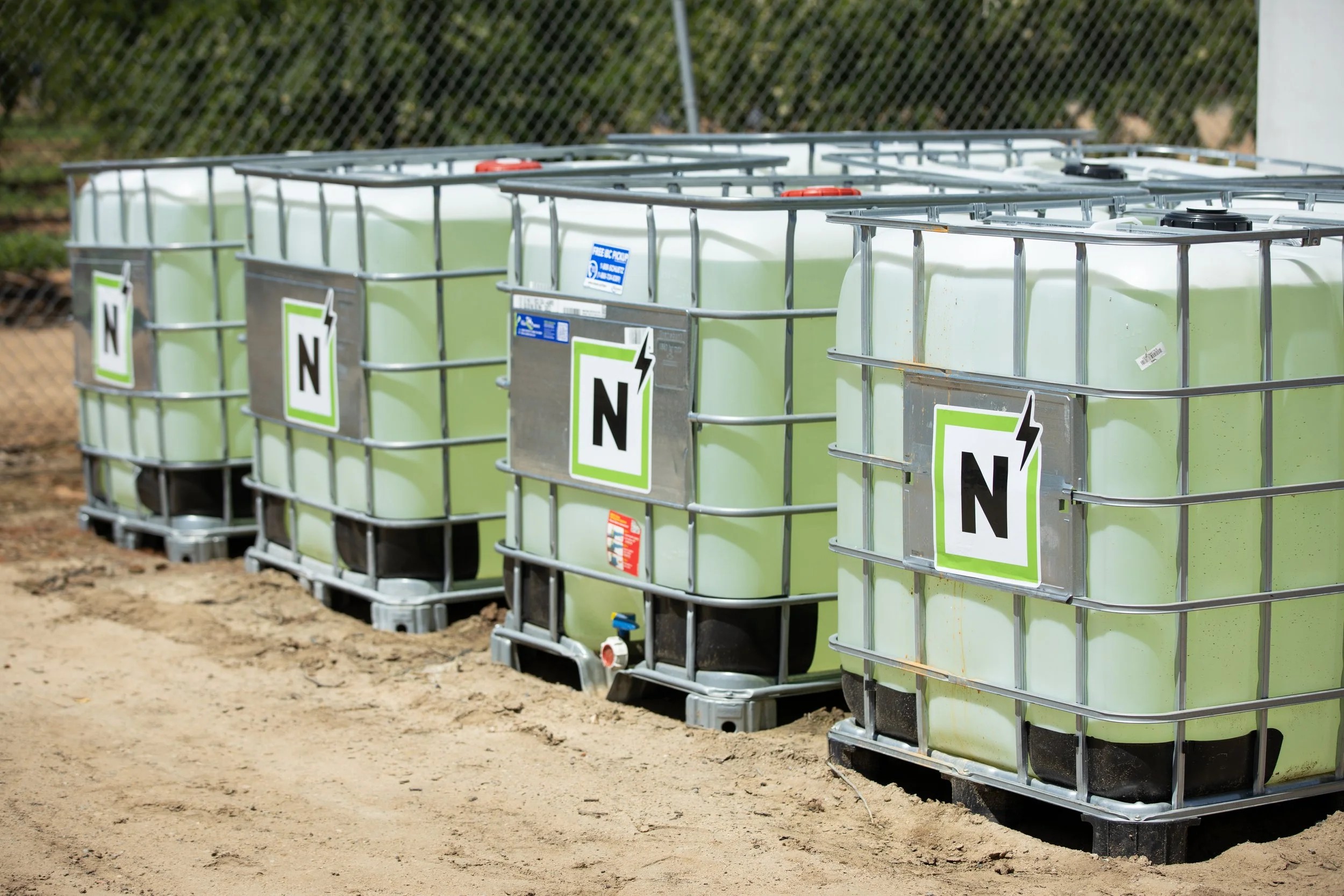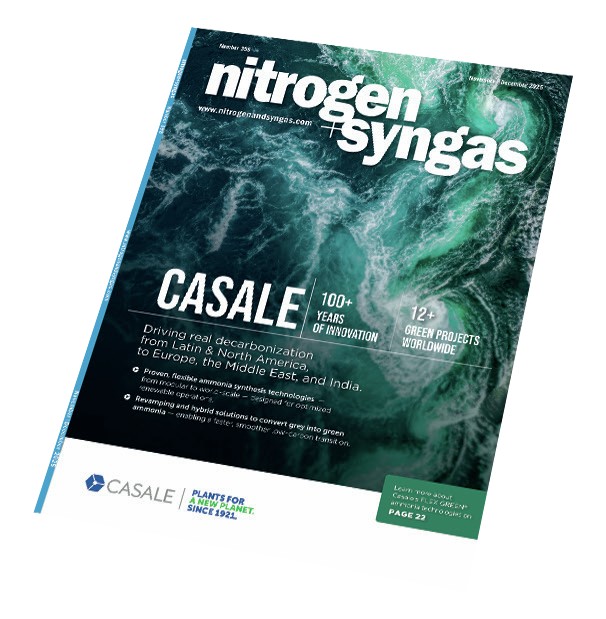Sulphur 411 Mar-Apr 2024
31 March 2024
People
People
Sasol and Topsoe have appointed Jan Toschka as CEO of the joint venture established by the two companies to develop, build, own and operate sustainable aviation fuel (SAF) ventures and to market the products. Previously Toschka was president of Global Aviation for Shell, responsible for Shell’s global network of operations, joint ventures and sales of fuels, lubricants and sustainable solutions to the aviation industry. During his tenure at Shell, he has led teams across sales, mergers and acquisitions, trading, and retail businesses globally, spanning various industries including Marine and Retail. Toschka will assume his new role as CEO on 1 March 2024 and the joint venture will be launched during the same month. The new company will be headquartered in The Netherlands.
Roeland Baan, CEO at Topsoe, said: “I’m excited, that Jan Toschka has accepted the position as CEO for the joint venture. Jan holds unique competencies from having already been working with the aviation industry, and he has a highly entrepreneurial mindset, which is what we need to get the joint venture off to a great start. There’s no time to waste in boosting production of SAF to decarbonise the aviation industry, and with Jan joining, I am confident that the joint venture will deliver a remarkable contribution to the world’s global ambition of reaching Net Zero.”
Jan Toschka said: “The joint venture is formed by two industry leaders, and their ambition to take on one of society’s biggest challenges, to help reduce carbon footprint of the aviation industry. This industry is close to my heart, and I am very excited to lead the new company.” bp has appointed Murray Auchincloss as chief executive officer, following the resignation of previous CEO Bernard Looney in September 2023. Auchinloss, who has been interim CEO since September 2023, will continue as a member of the bp board. Helge Lund, chair of bp said: “Since September, bp’s board has undertaken a thorough and highly competitive process to identify bp’s next CEO, considering a number of high-calibre candidates in detail. The board is in complete agreement that Murray was the outstanding candidate and is the right leader for bp.
“Many already know Murray well, and few know bp better than he does. His assured leadership, focus on performance and delivery, and deep understanding of the opportunities and challenges in the energy transition will serve bp well as we continue our disciplined transformation to an integrated energy company.”
Before becoming interim chief executive officer in September 2023, Auchinloss had been bp’s chief financial officer since July 2020, at which time he also joined bp’s board. He had previously served as CFO, deputy CFO and head of business development for bp’s Upstream segment. From 2010-2013 he was head of bp’s group chief executive’s office, working directly with Bob Dudley.
Auchinloss’ replacement as CFO will be Kate Thomson. Thomson joined BP nearly 20 years ago and had previously led the finances of BP’s oil and gas production and operations division.
First Phosphate Corp says that Jérôme Cliche will cease to act as vice president, Business Development, although he will, via his own corporation, LMC Communications Inc., continue as a consultant to First Phosphate until October 5, 2024. Under the terms of the revised consulting agreement, the options held by Mr. Cliche have been forfeited.
“First Phosphate wishes to thank Mr. Cliche for his dedication and service in his role as vice president Business Development,” says Company CEO, John Passalacqua. “I look forward to continuing to work with Jérôme in his consulting capacity to the Company.”
“I would like to thank the management of First Phosphate, and in particular Mr. John Passalacqua, for the confidence they have shown in me since my appointment,” added Cliche. “I believe that First Phosphate is and will remain a promising project, both for the company and its shareholders, and for the development of the LFP battery industry, which extends far beyond Quebec’s borders.”






